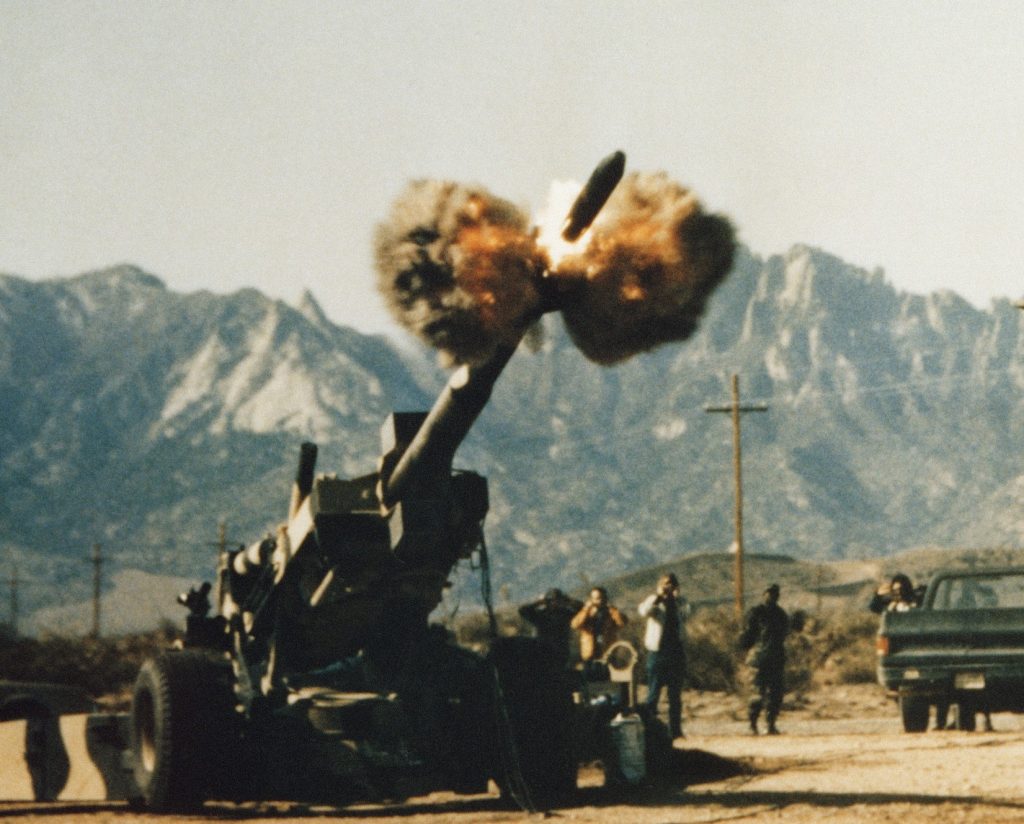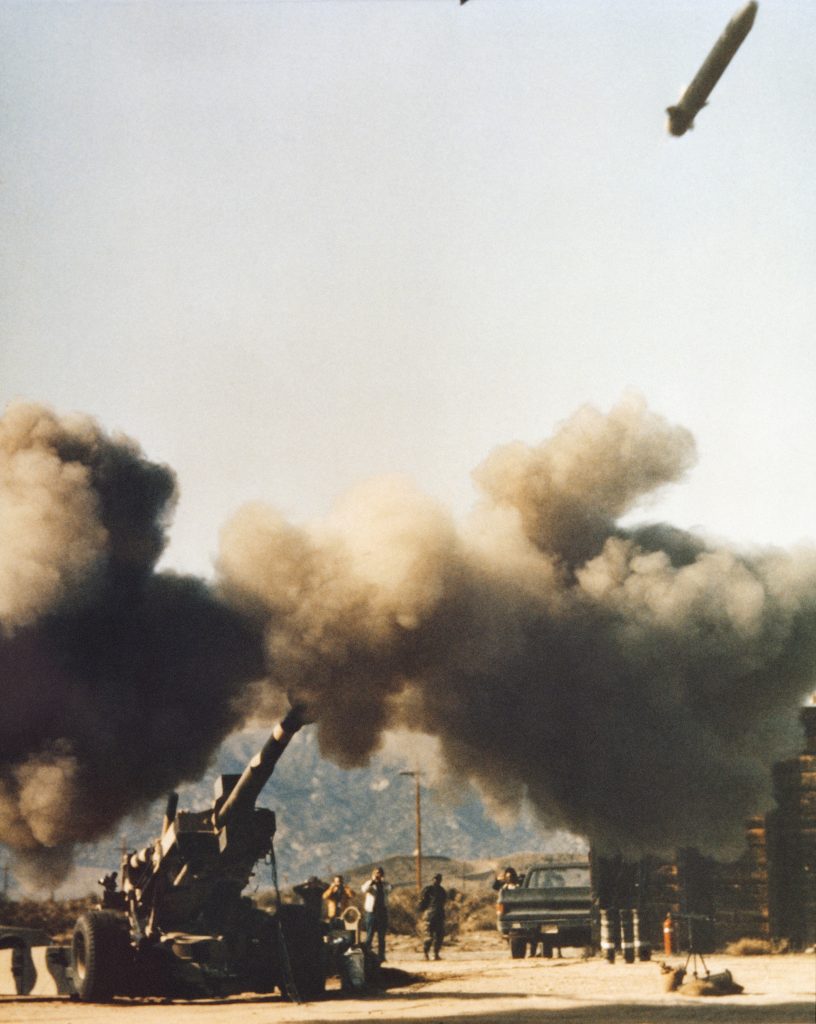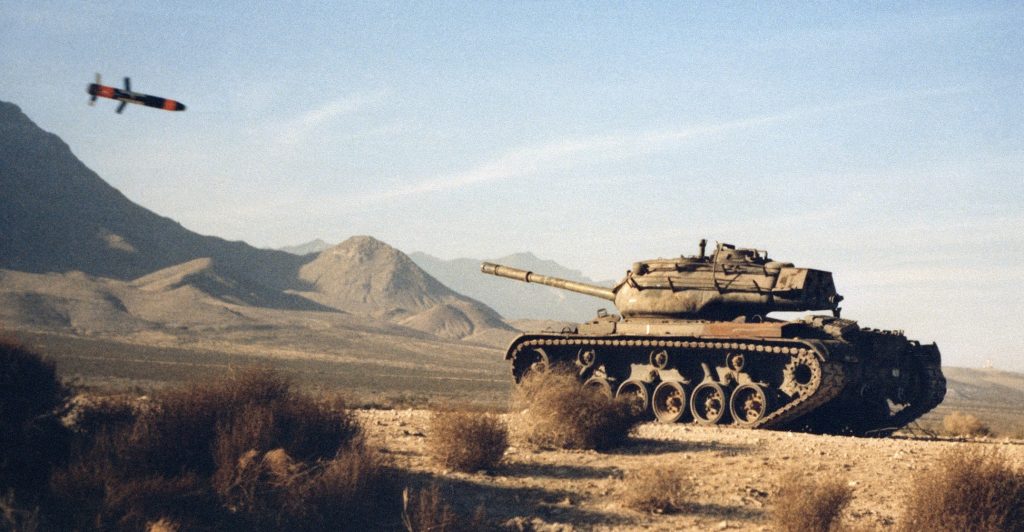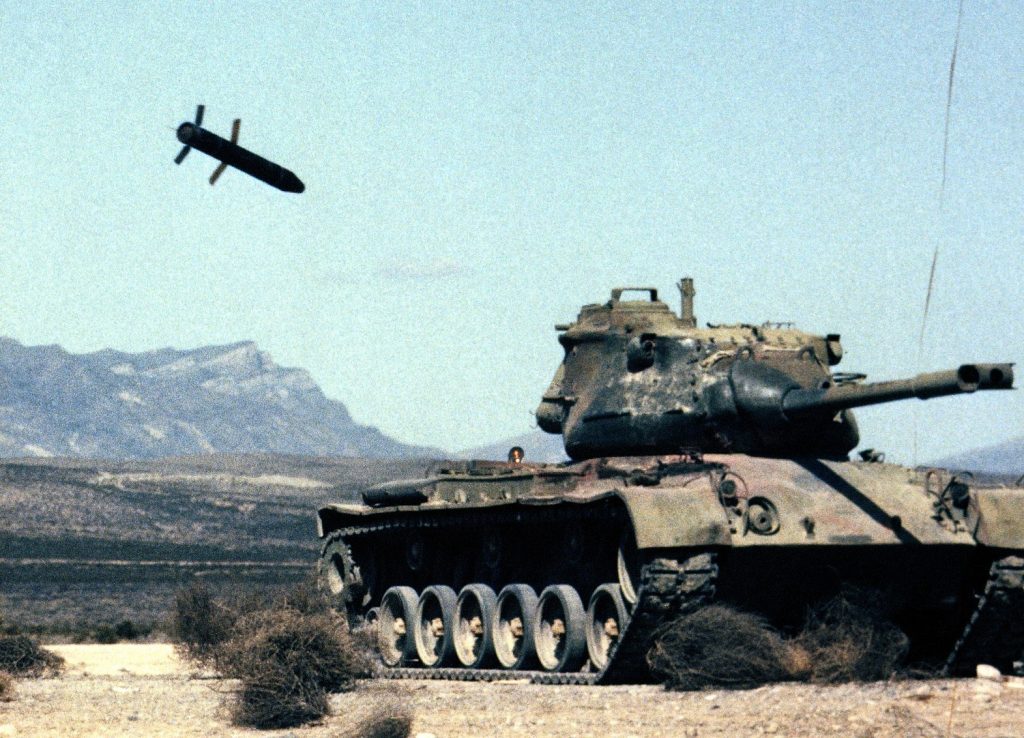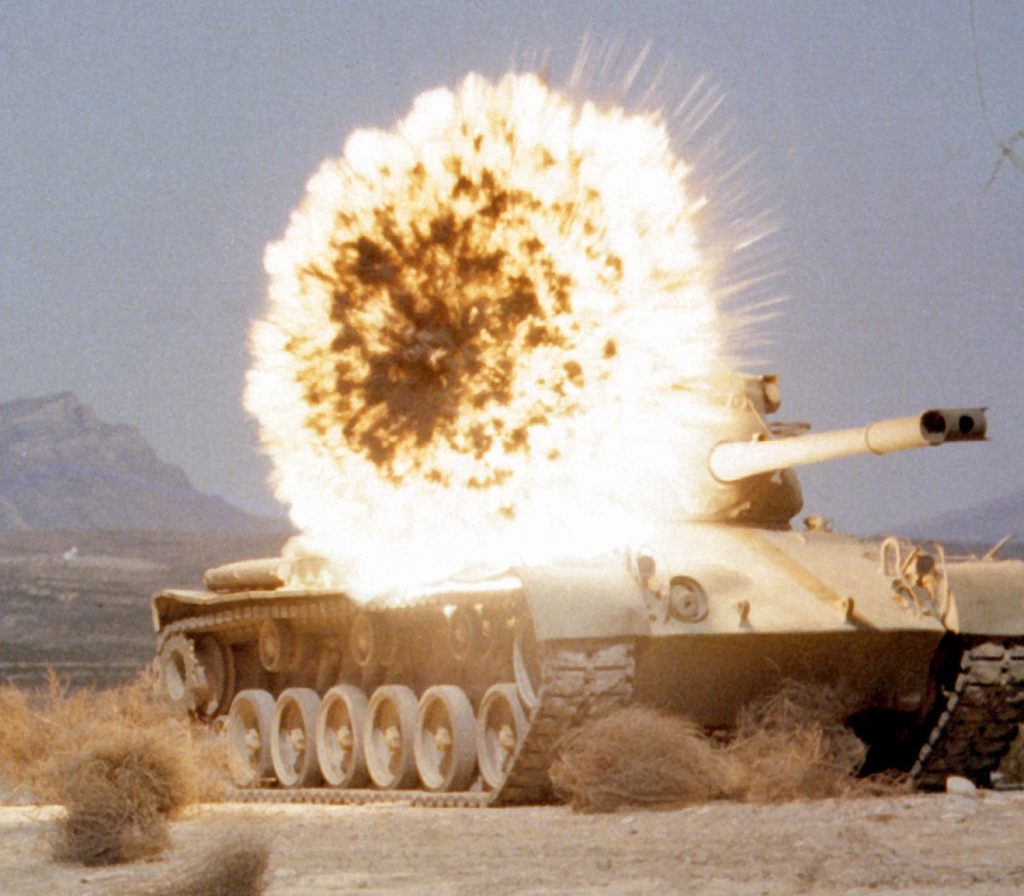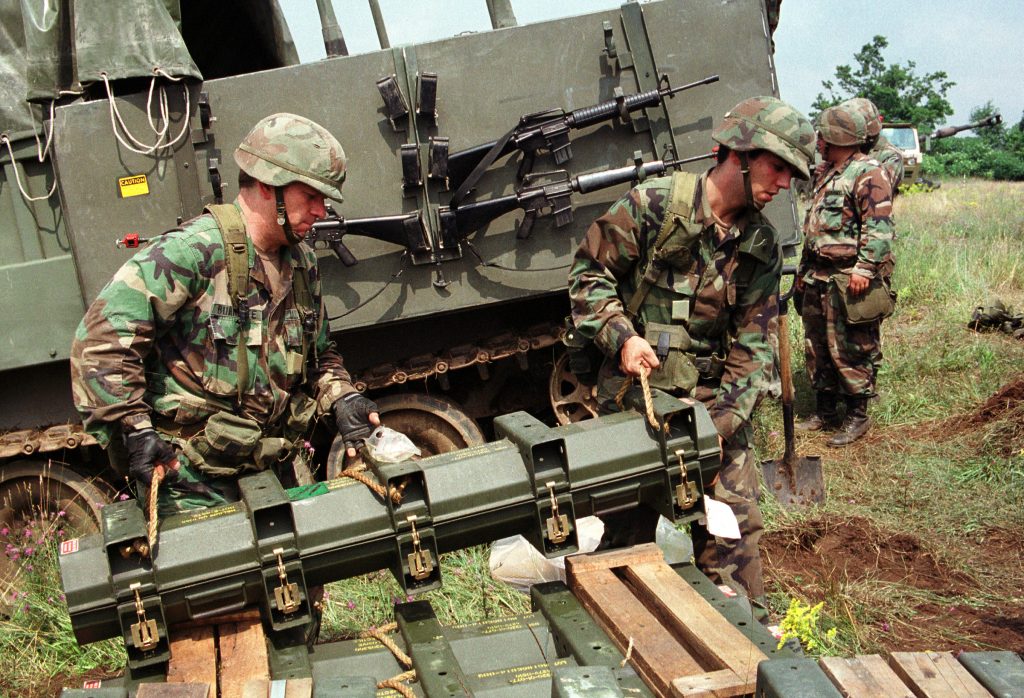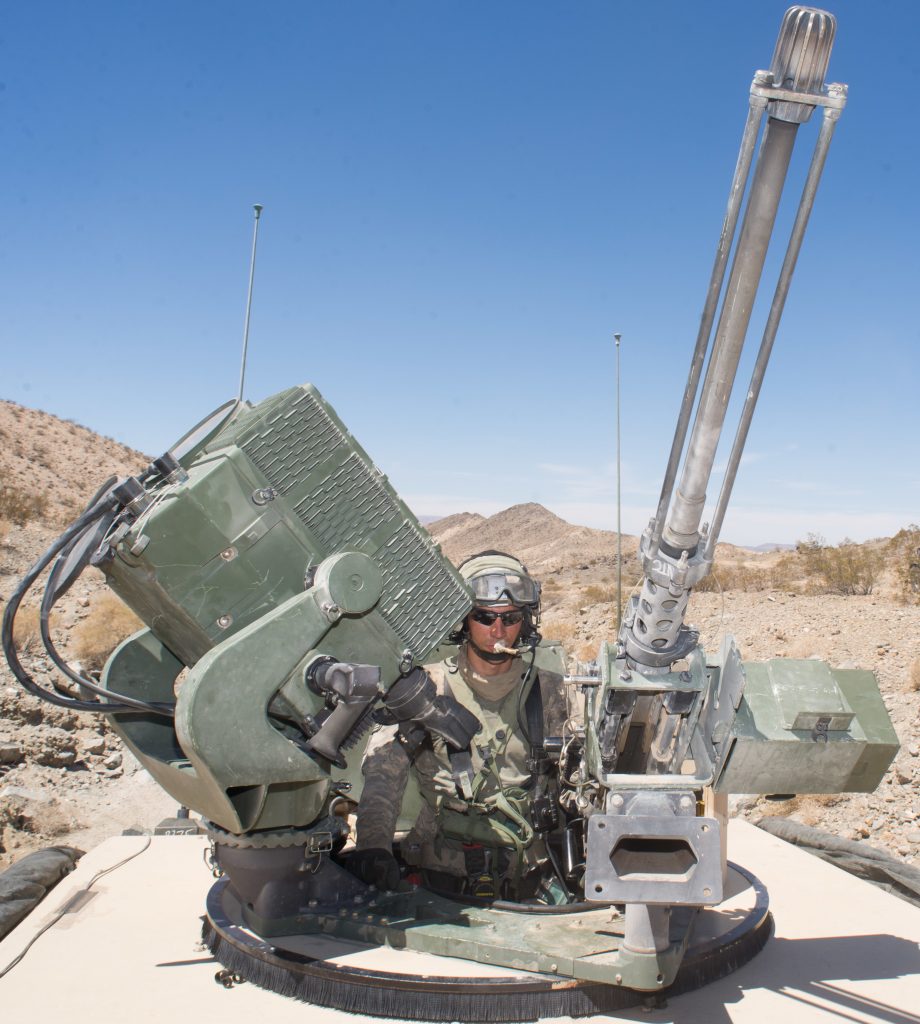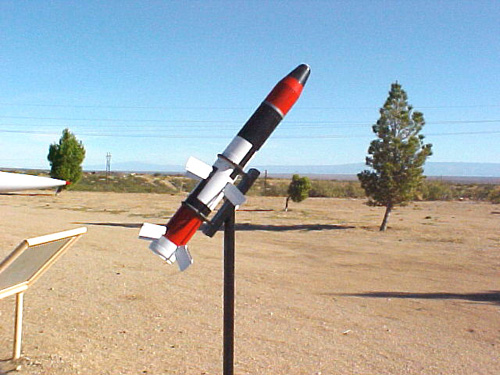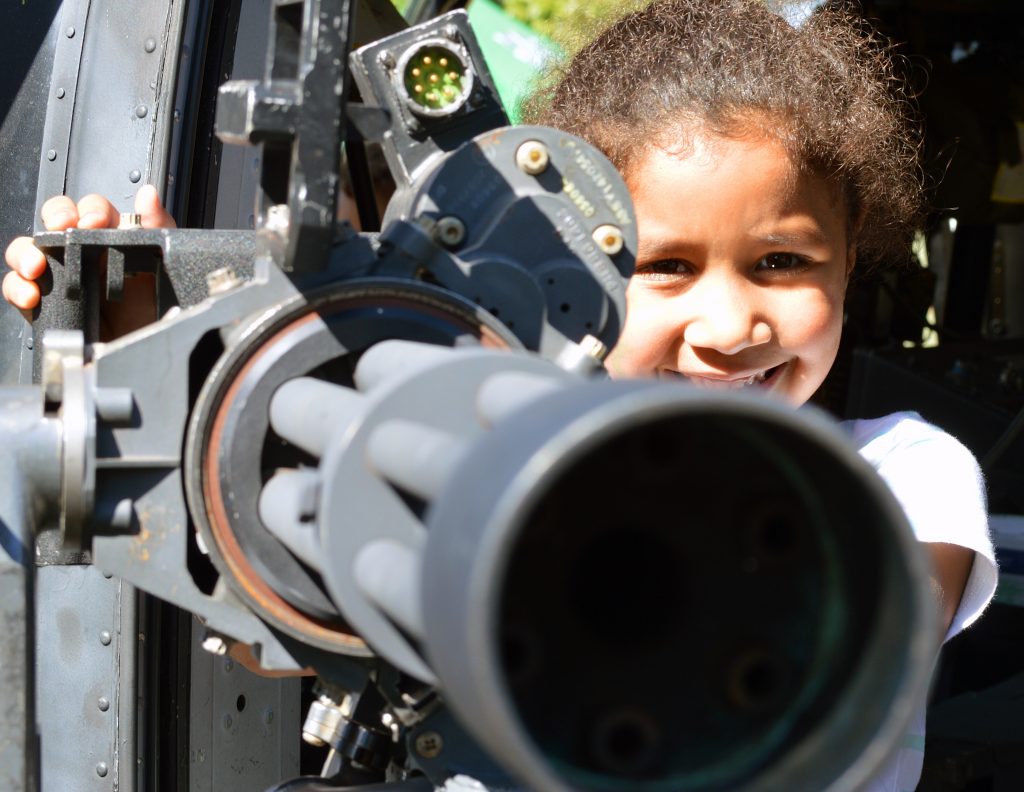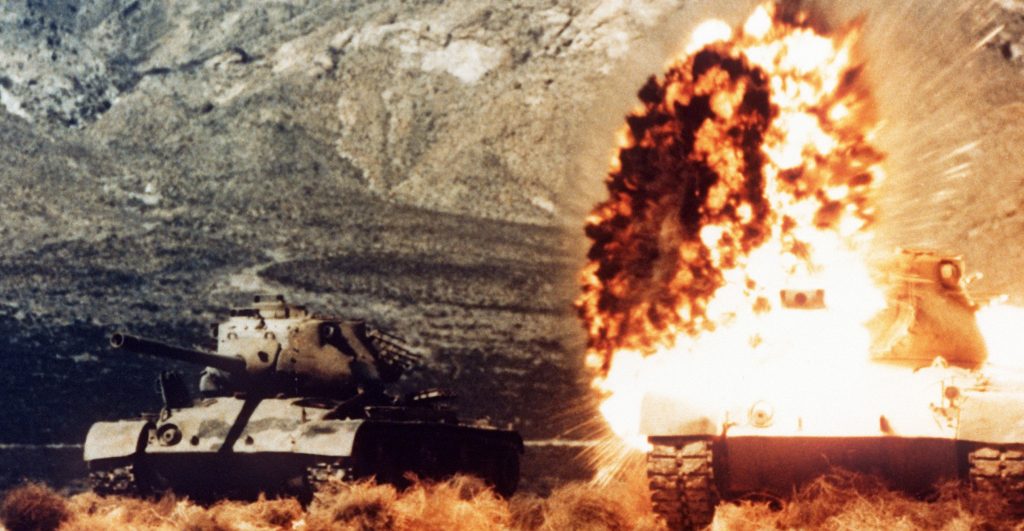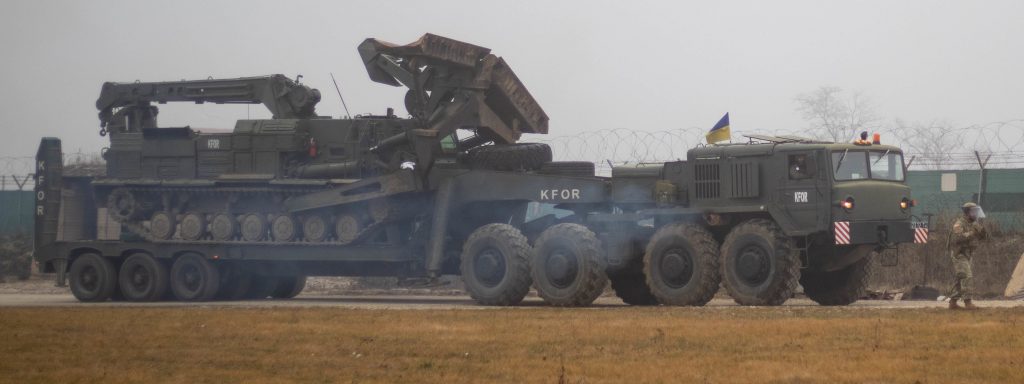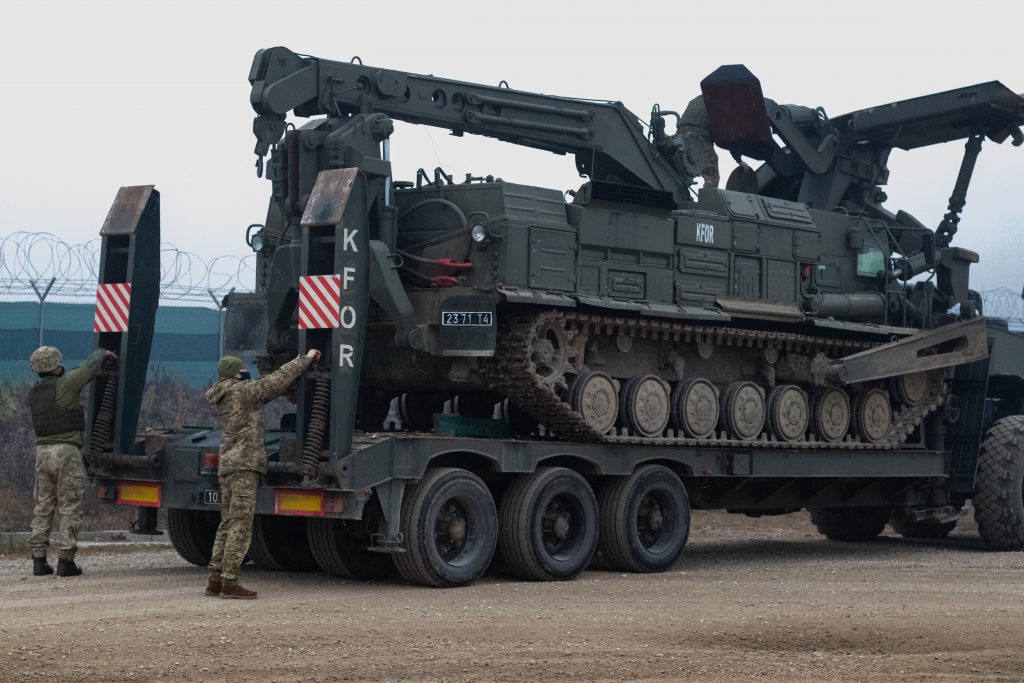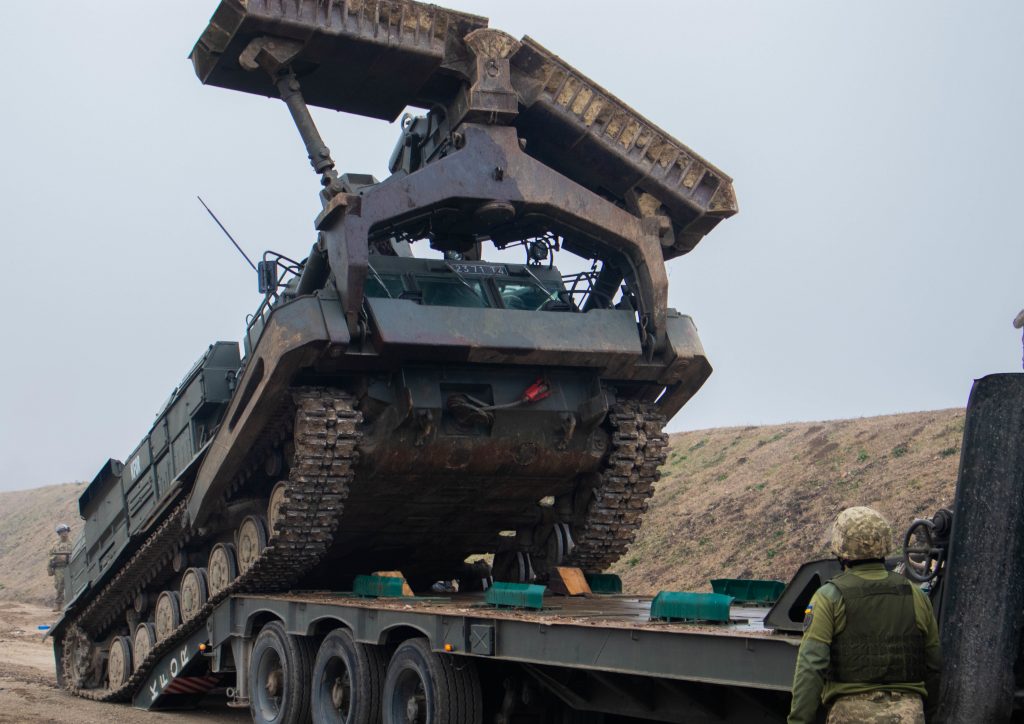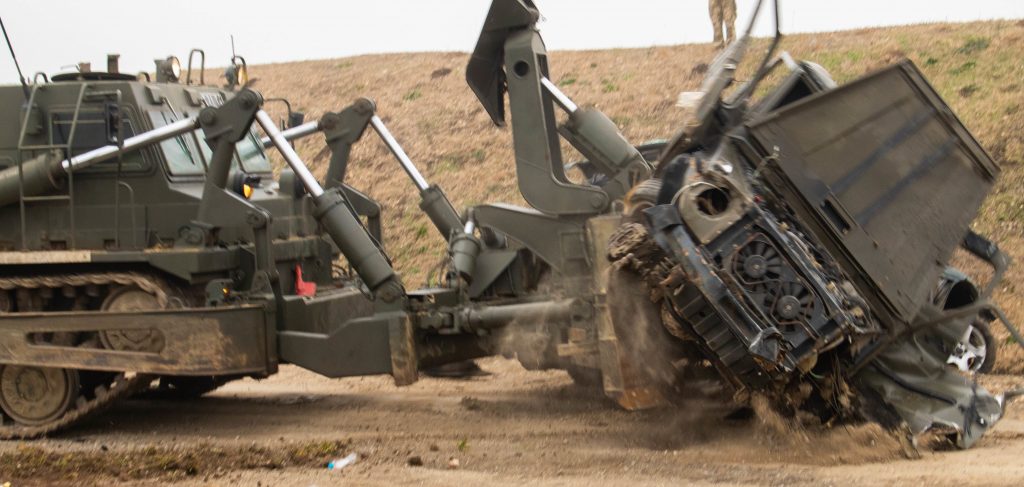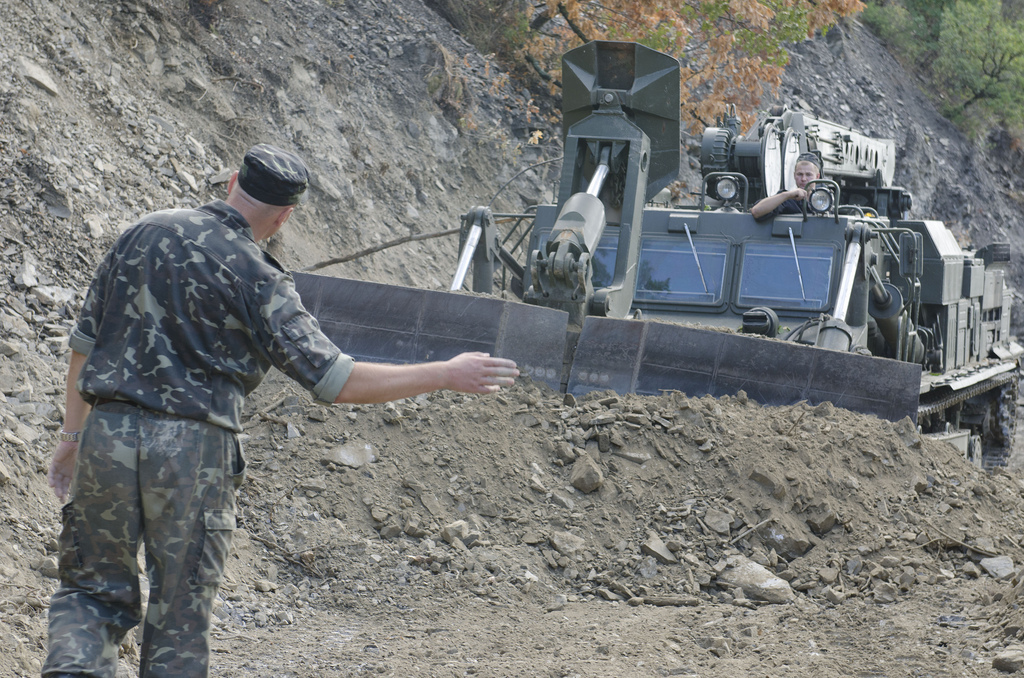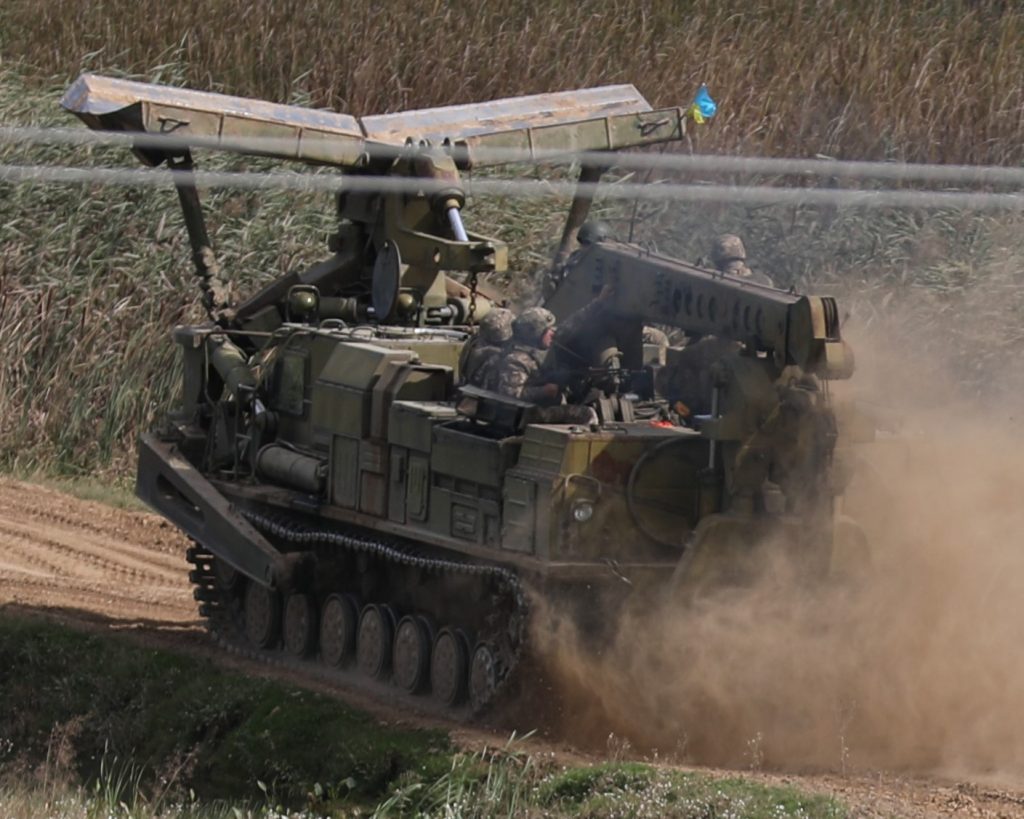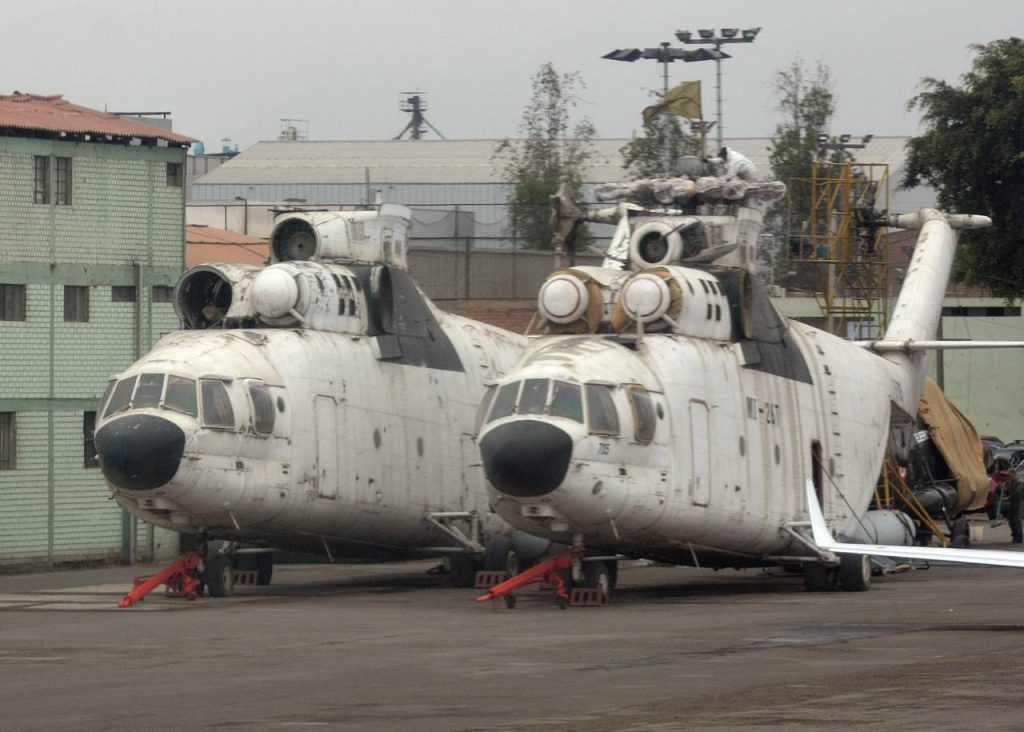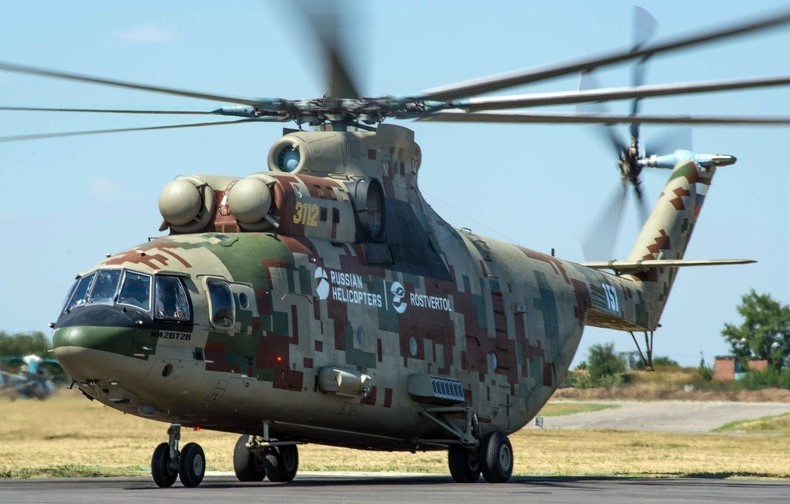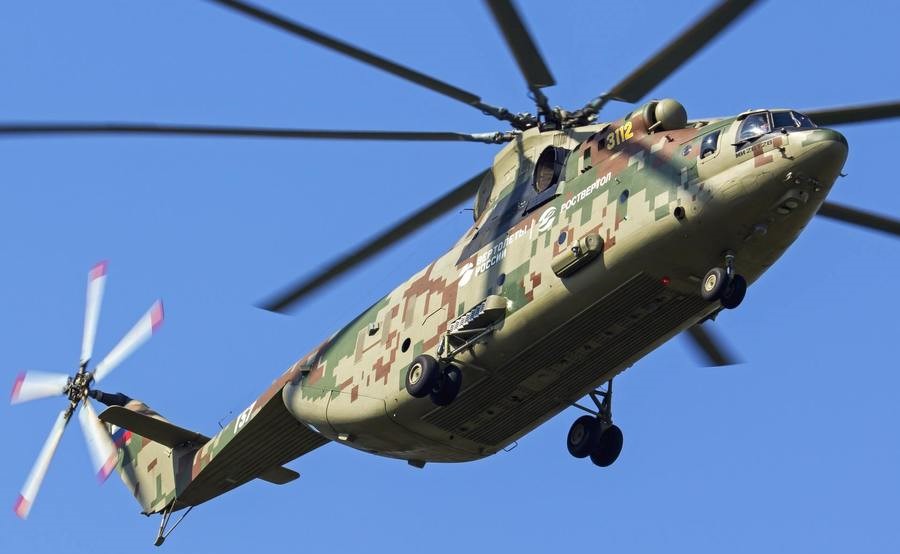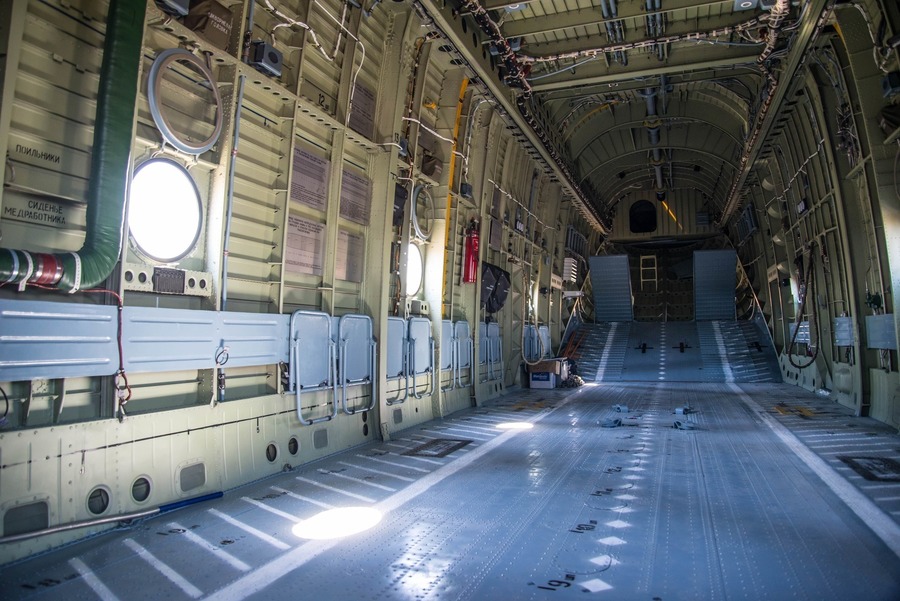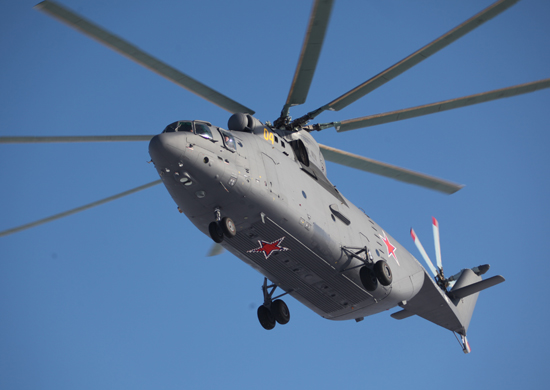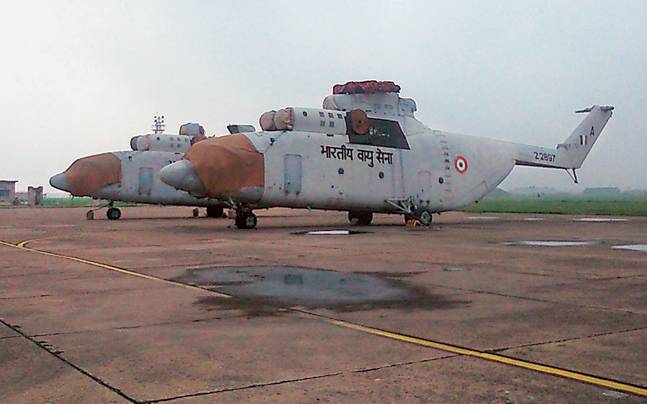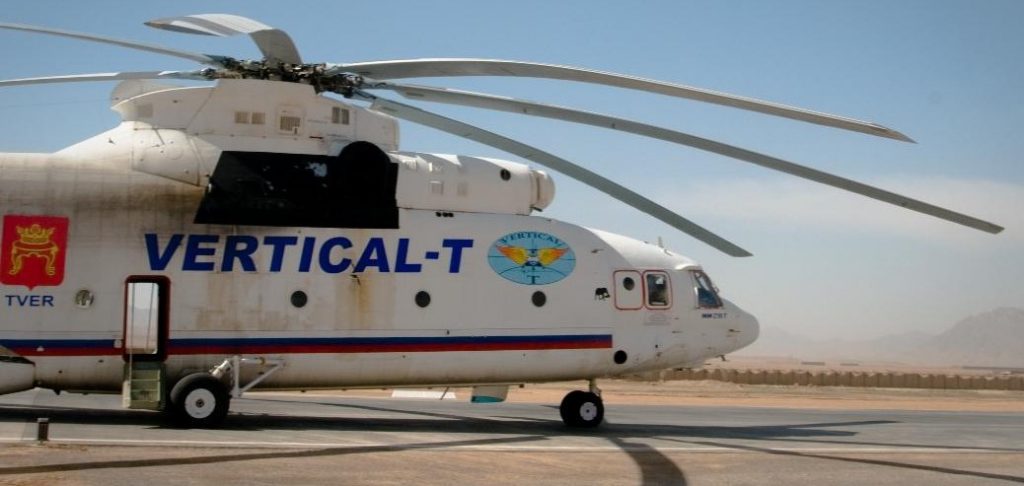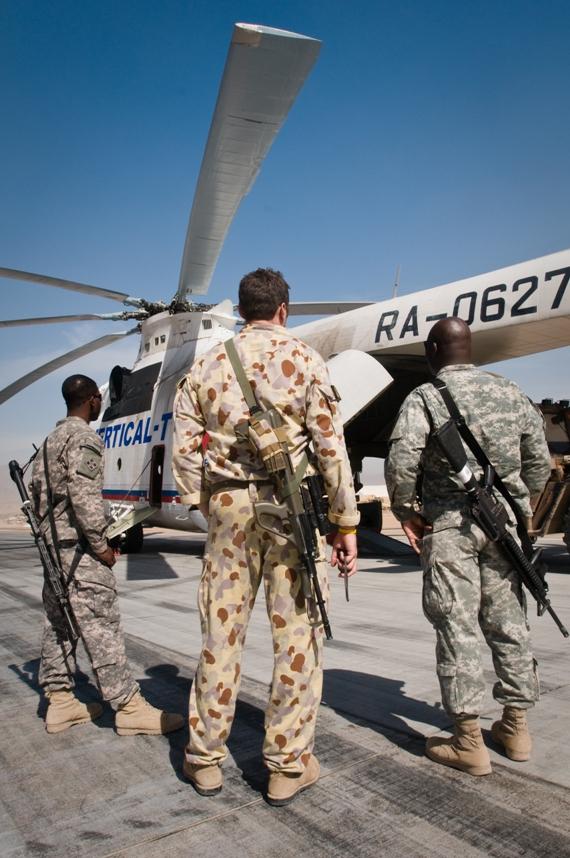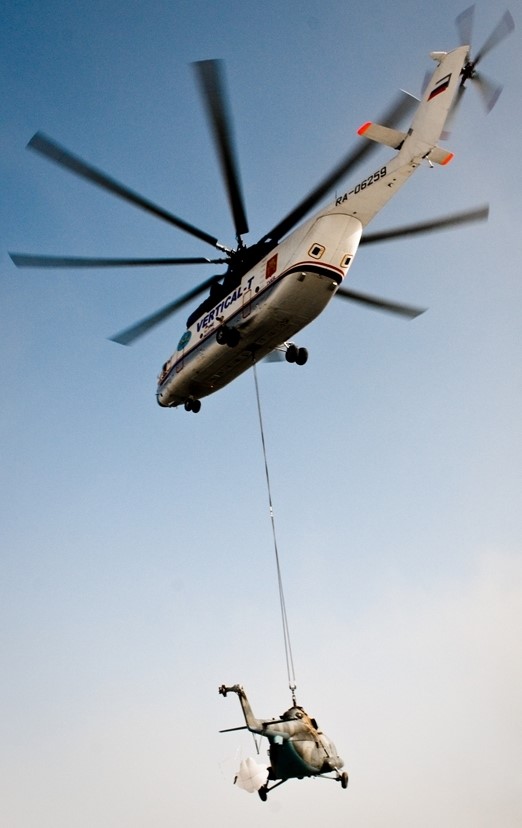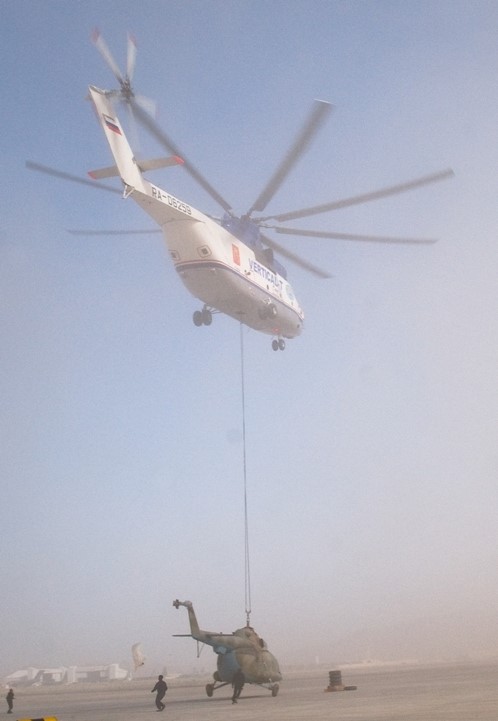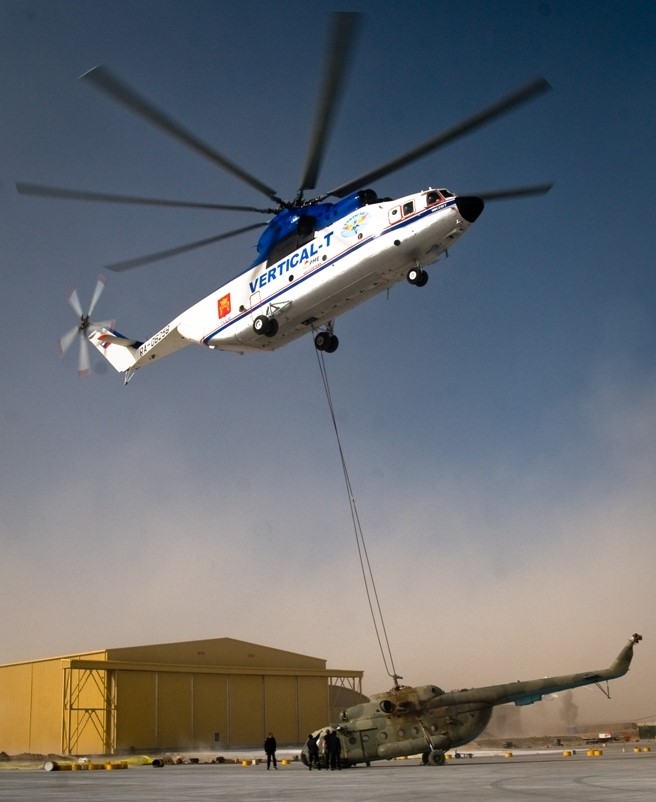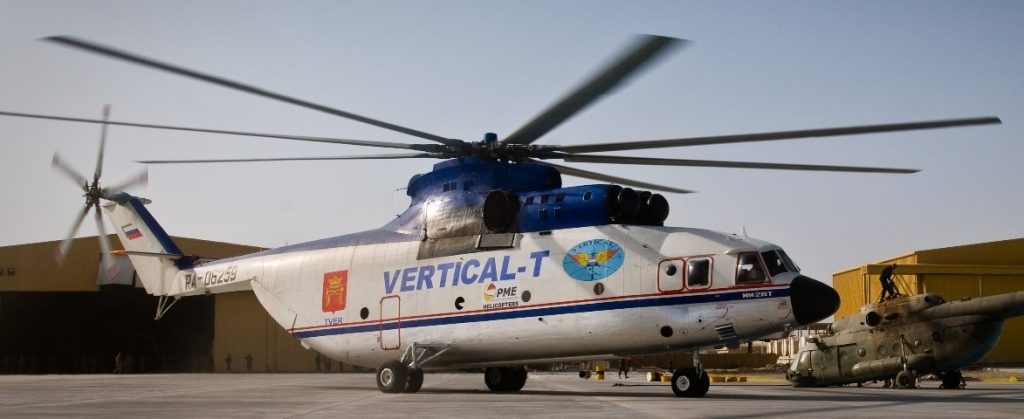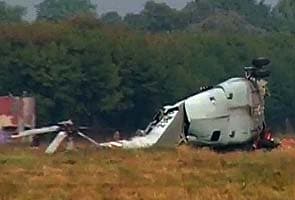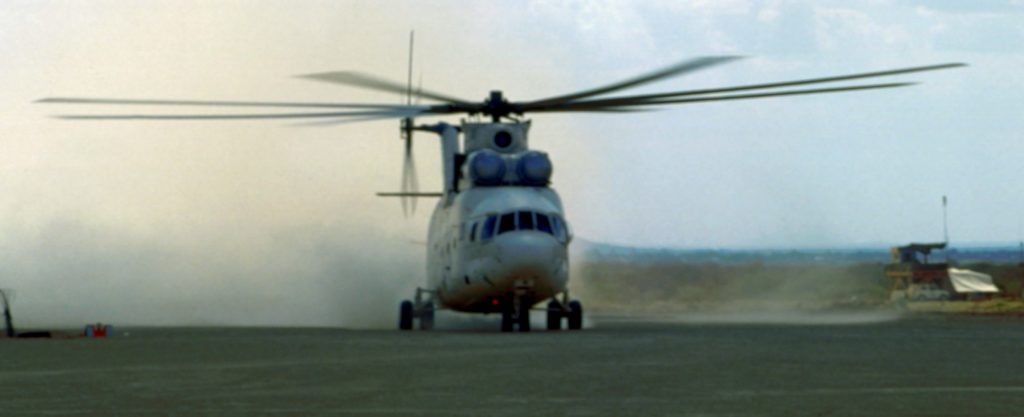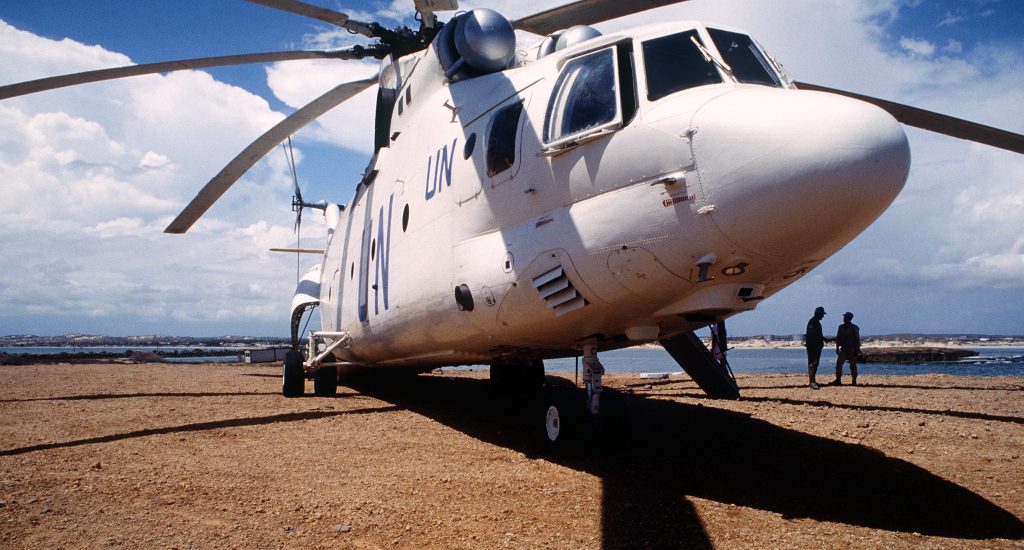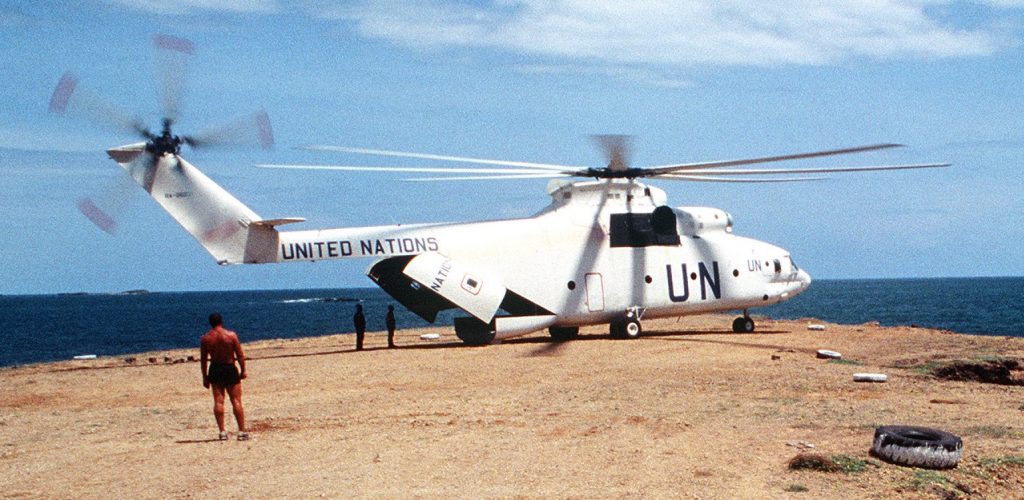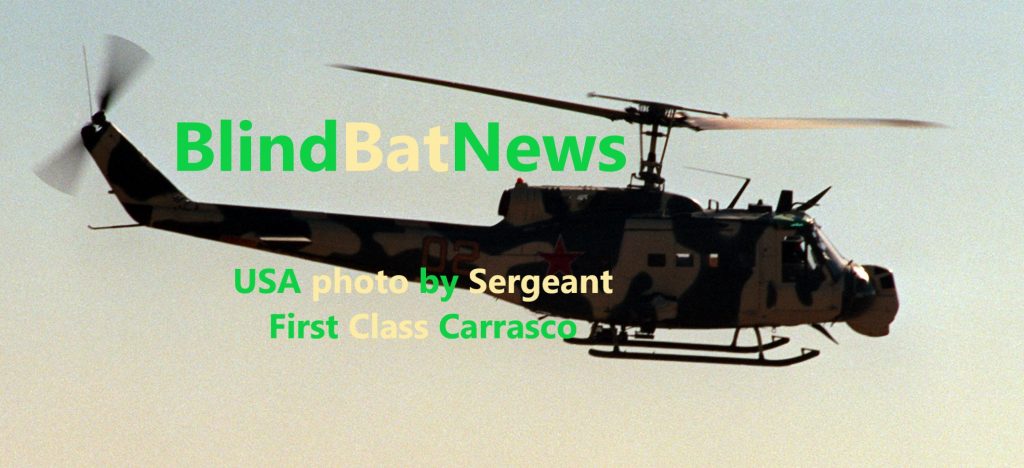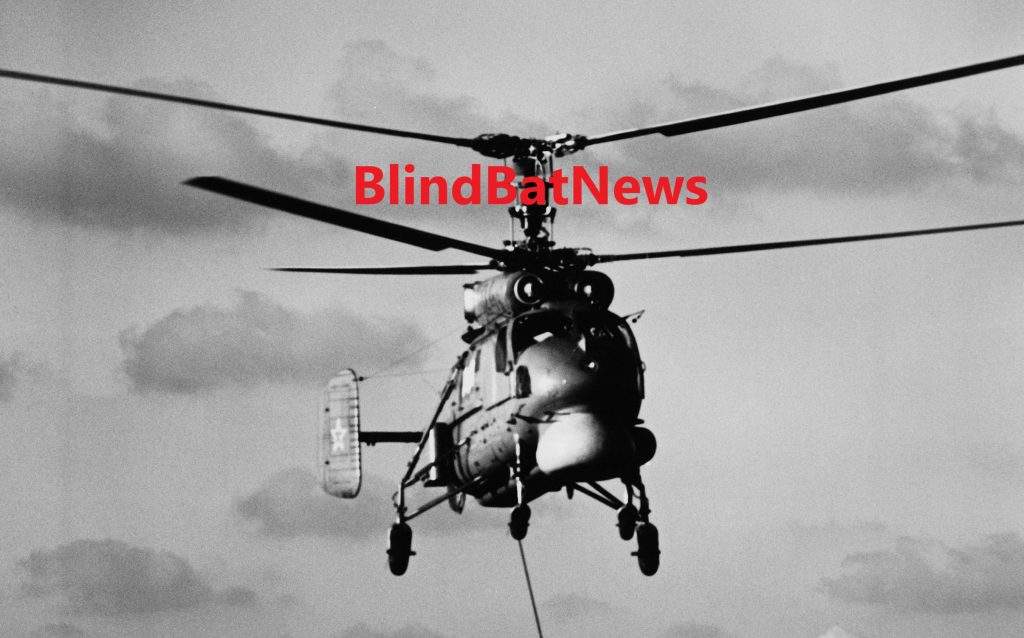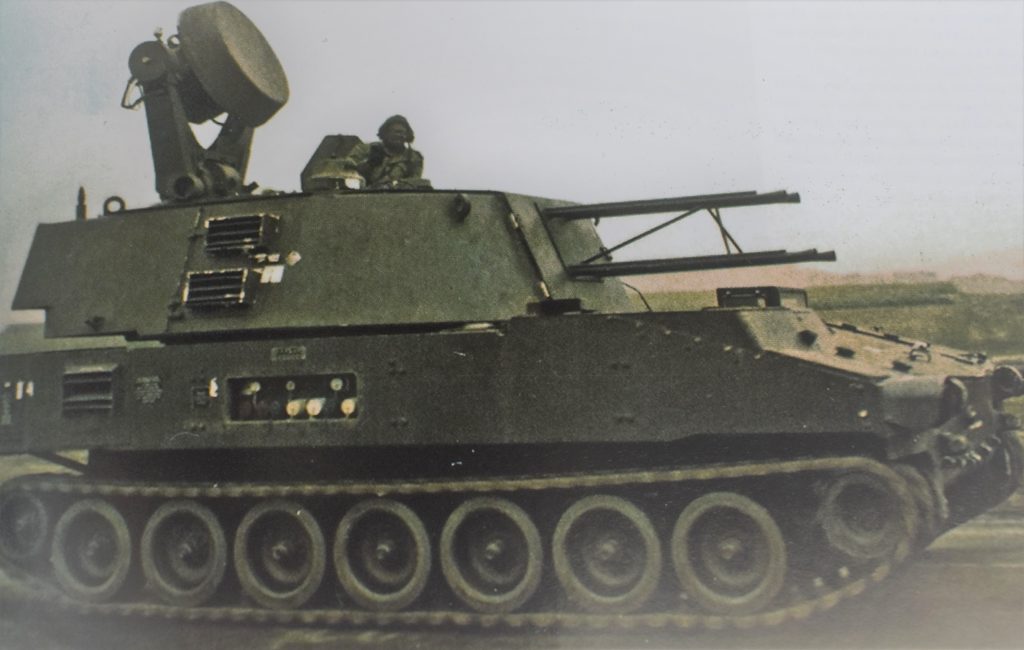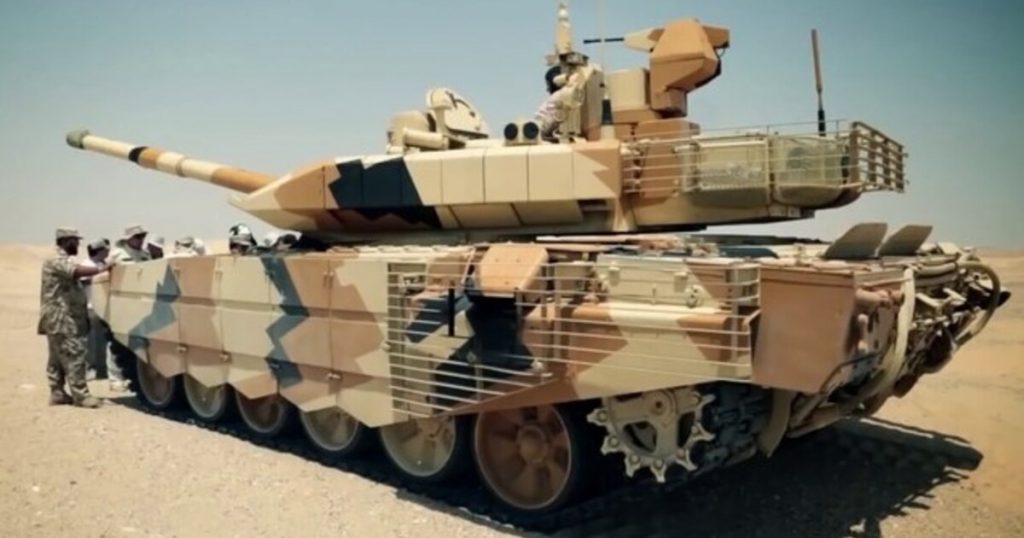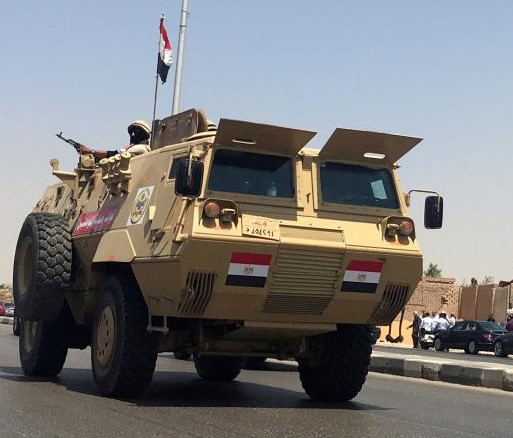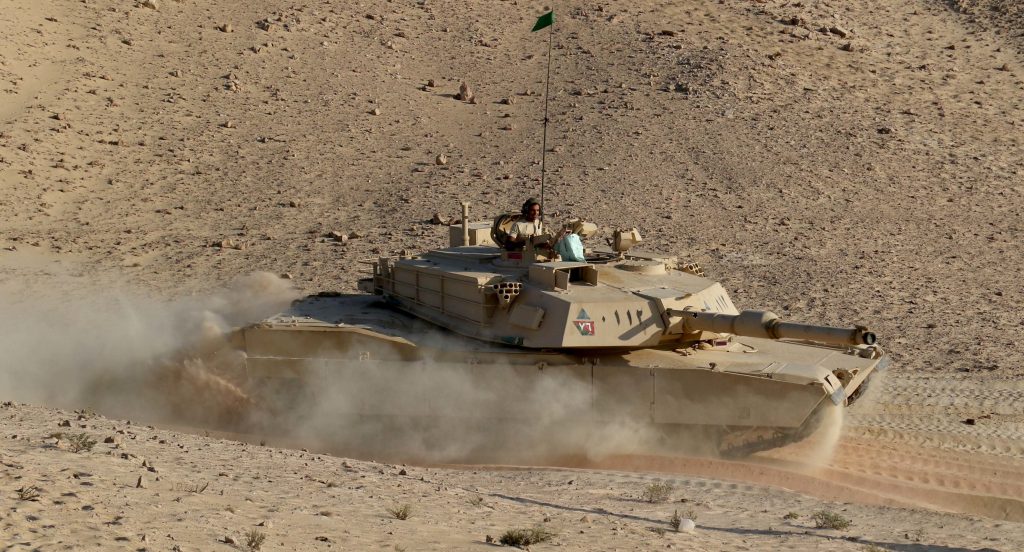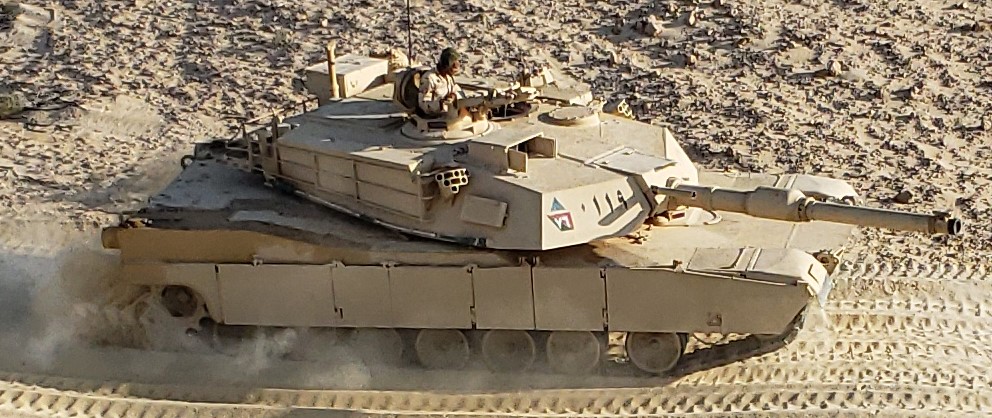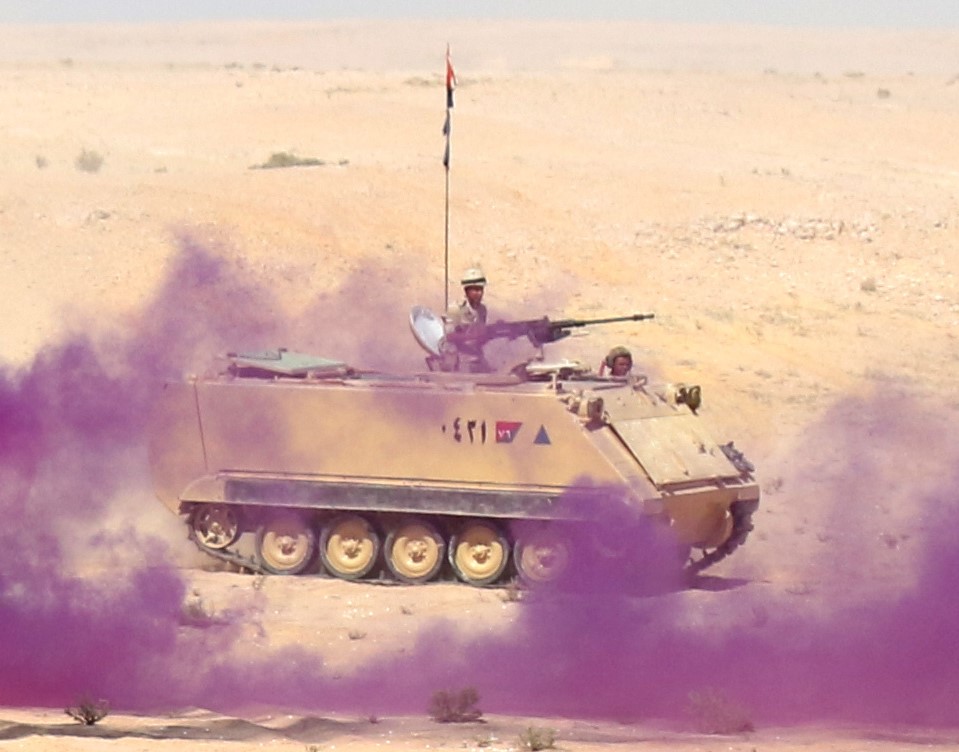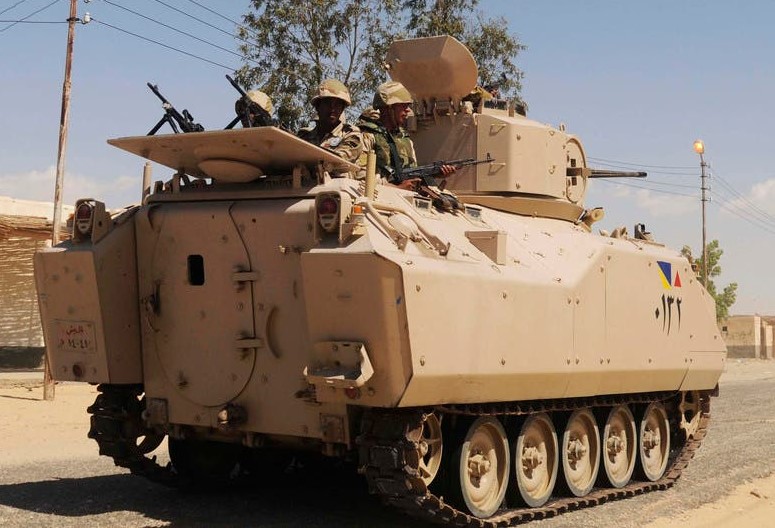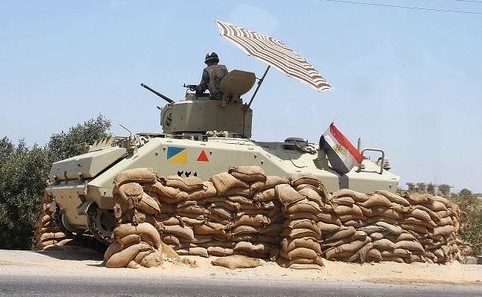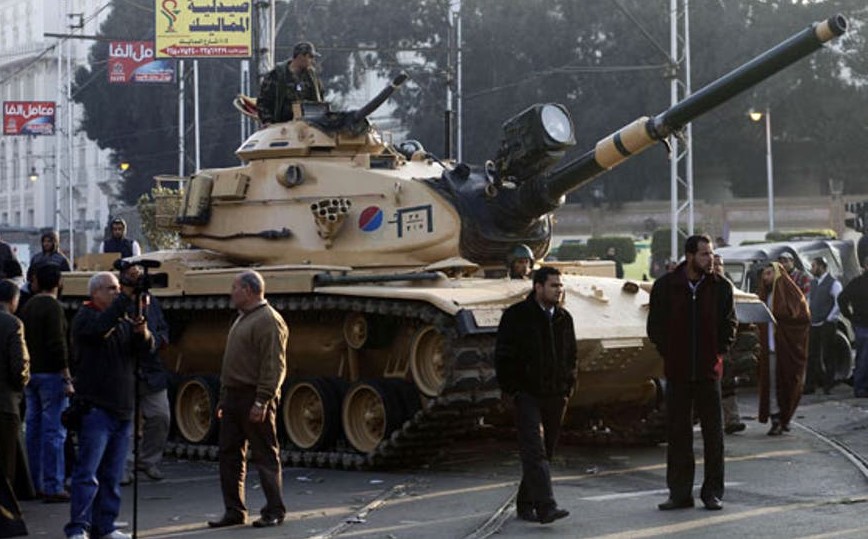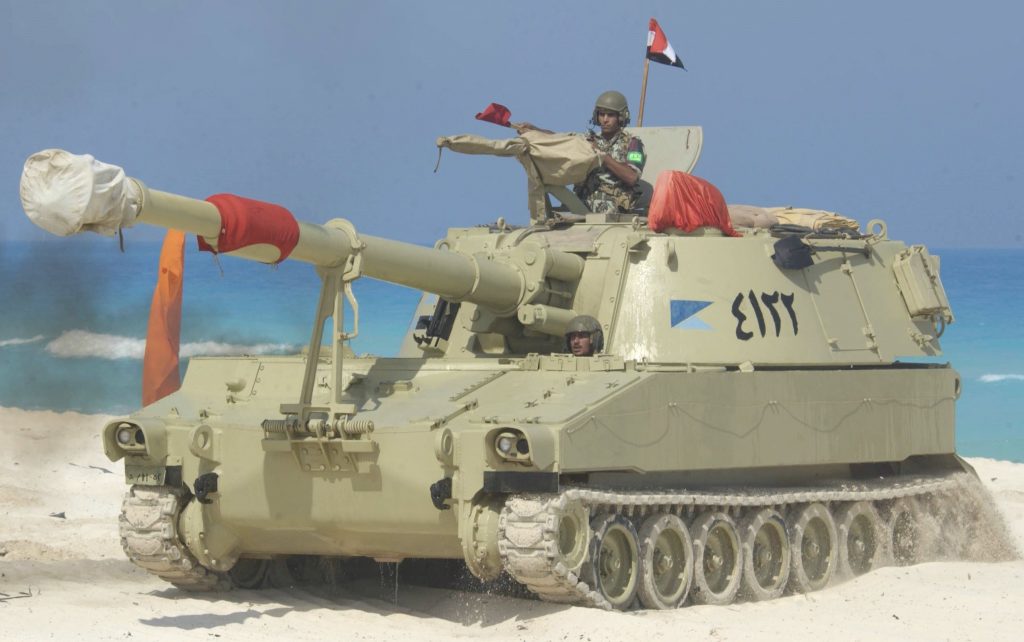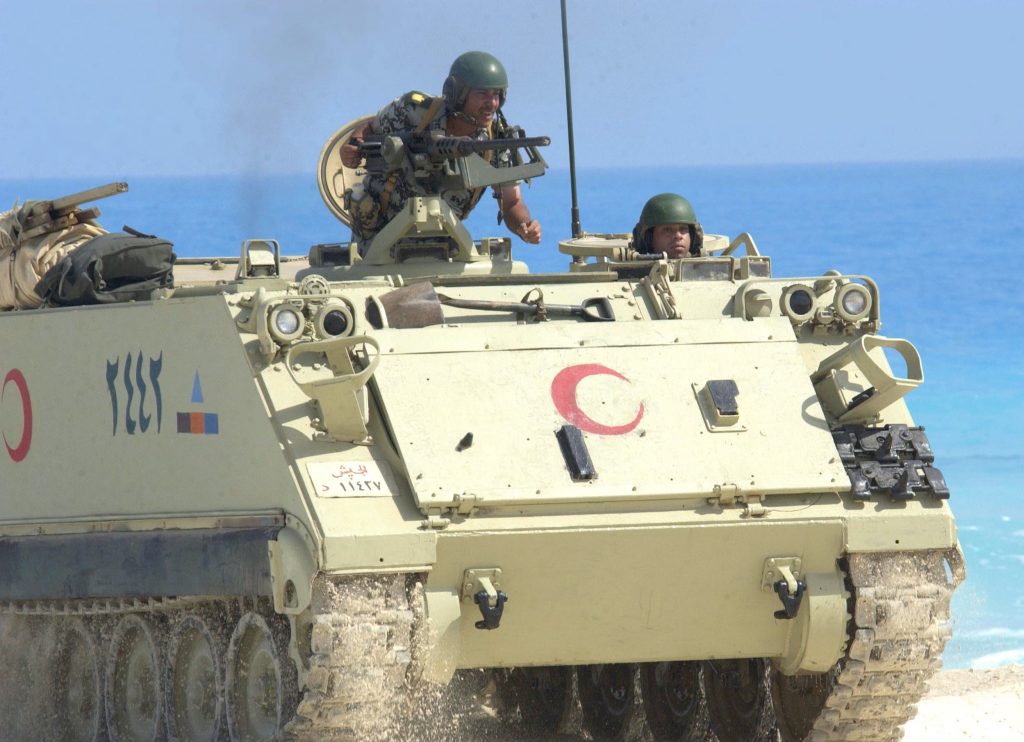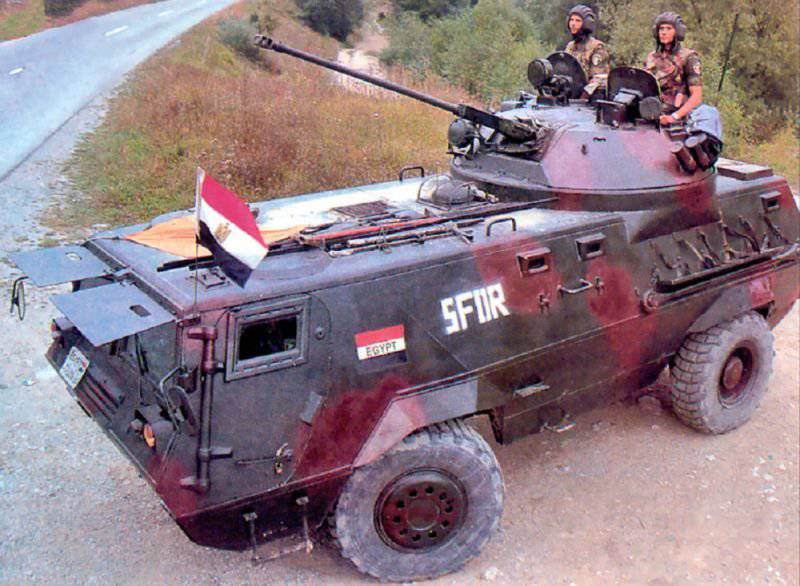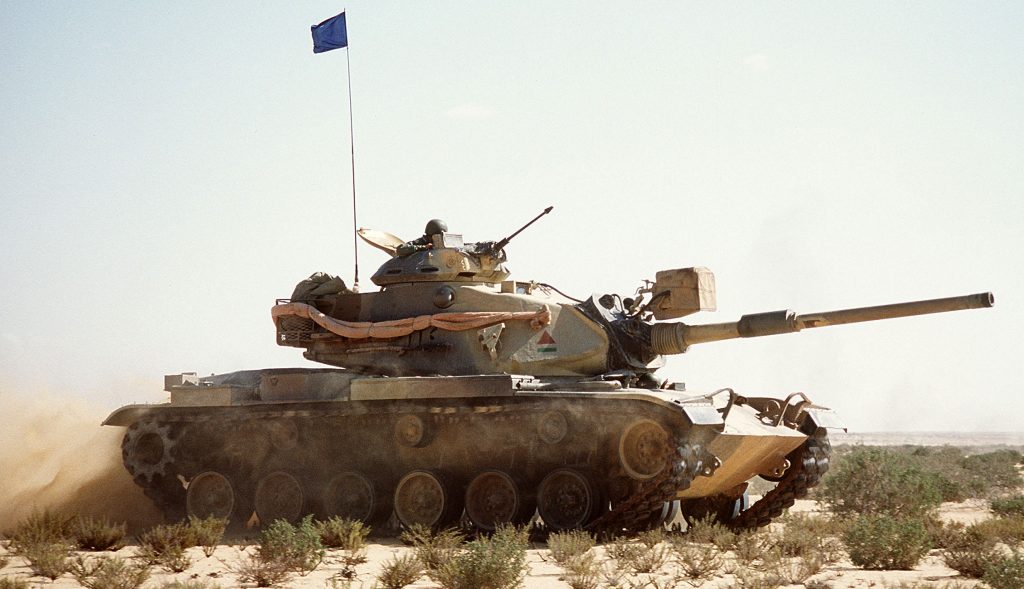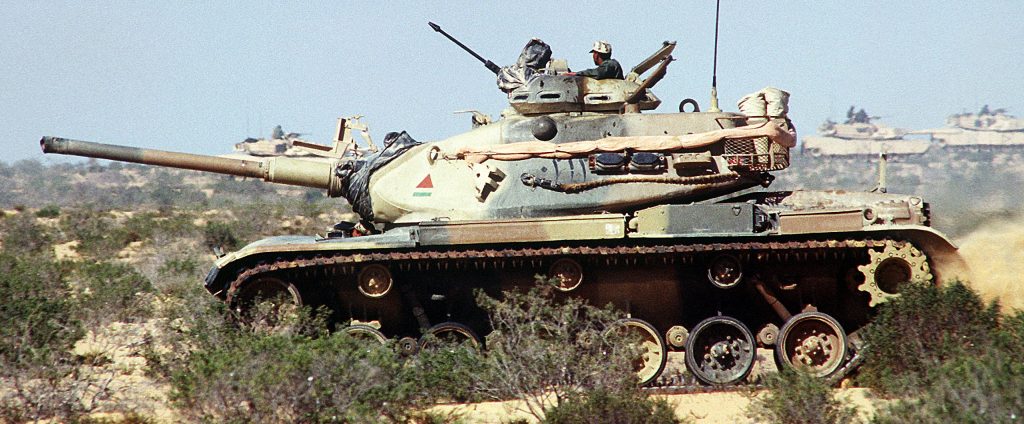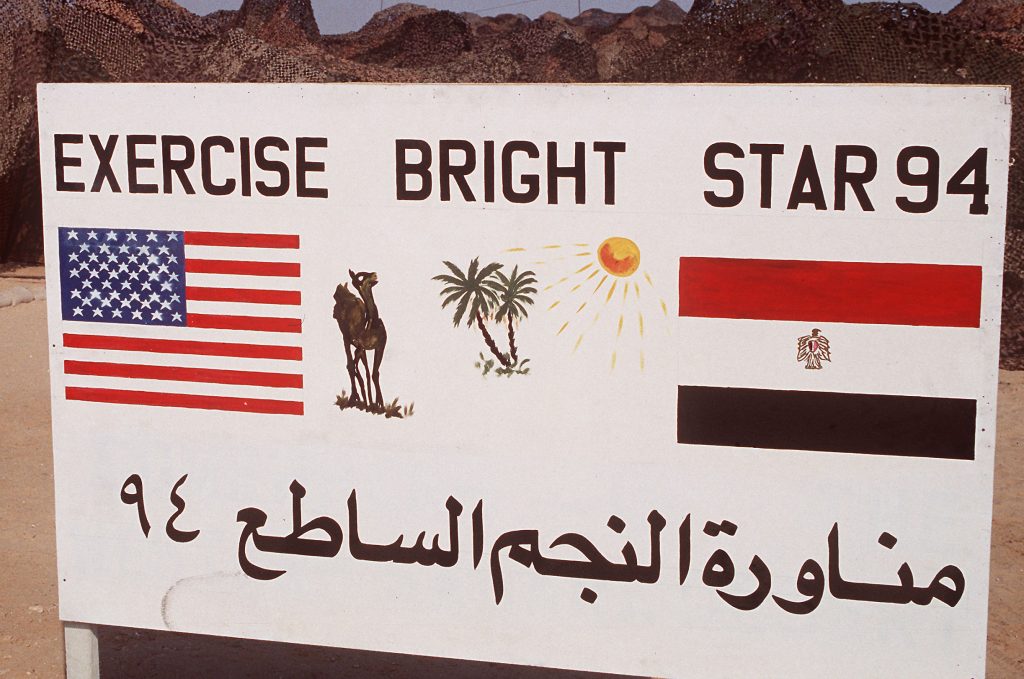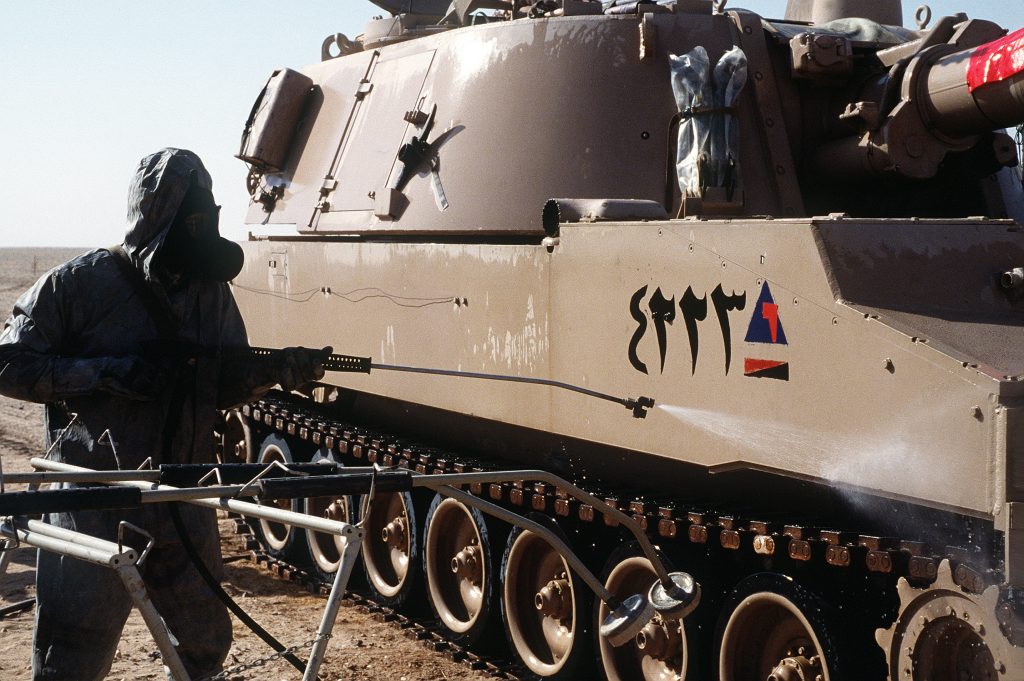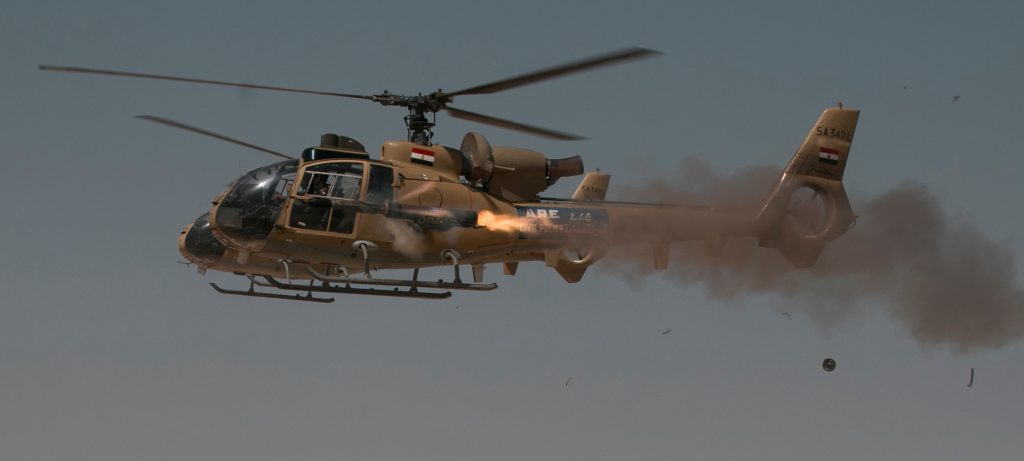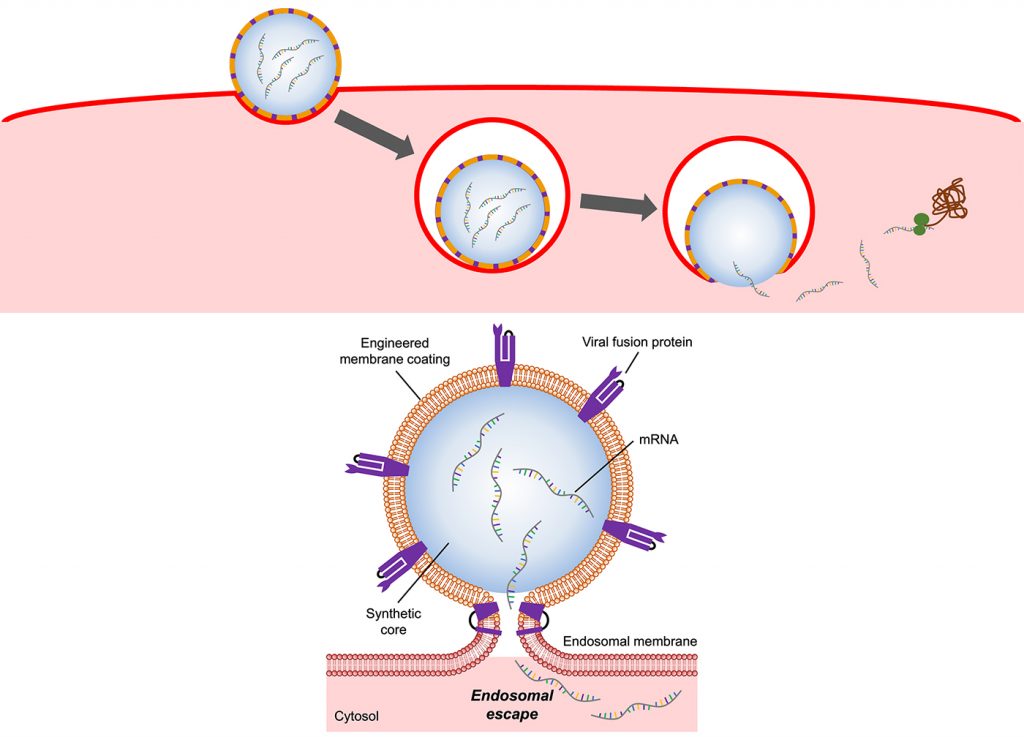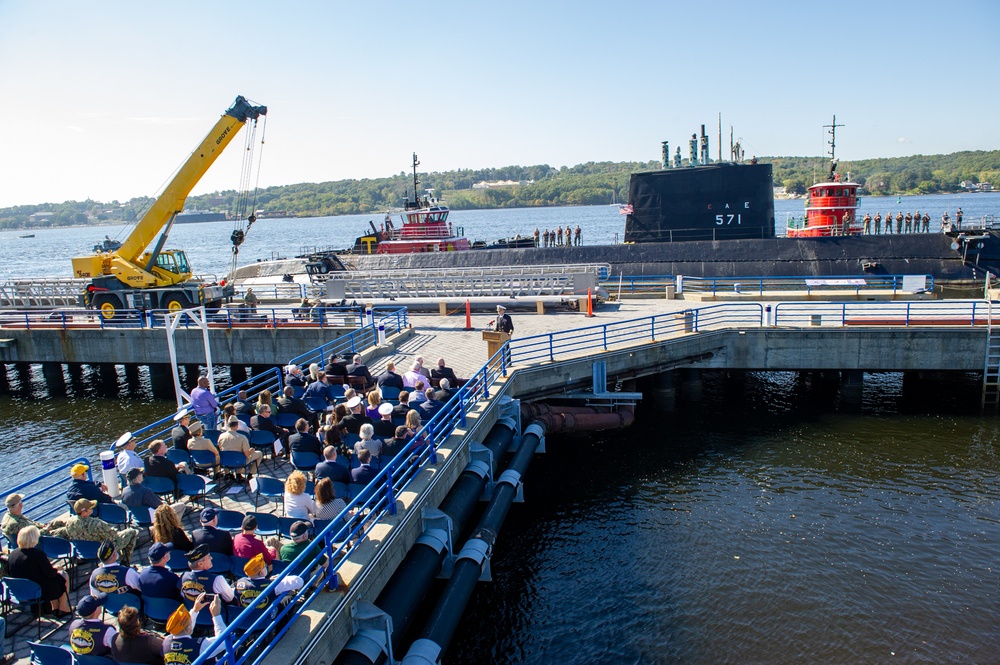
U.S. Navy photo by Mass Communication Specialist Third Class Jimmy Ivy the Third.
After 67 years, the world’s first nuclear powered submarine is still afloat, and heading for a $36-million (estimated) refurbishment, so it can continue its job as the U.S. Submarine Force Museum’s centerpiece.

15OCT2021, USN photo by Mass Communication Specialist Third Class Jimmy Ivy the Third.
Former USS Nautilus, now HS Nautilus, is the only nuclear powered submarine that silly-vilians (civilians) are allowed to visit (?unless you count the prototype Nautilus buried in the Idaho desert? see more below).

15OCT2021, USN photo by Petty Officer Second Class Abel Gonzalez.
Officials with the Submarine Force Museum claim that more than 100-thousand people tour the retired trend-setting submarine every year.
U.S. Navy video, 15OCT2021, ceremony for Nautilus as it is hauled away for preservation maintenance onboard Naval Submarine Base New London, Connecticut:
It is hoped the estimated $36-million refurbishment will allow SSN-571 to continue in its job as museum ship for at least 30 more years.

USN photo by Mass Communication Specialist 2nd Class Tristan B. Lotz.
On 14APR2021, HS (Historic Ship) Nautilus had a change of command, that’s correct, even retired ships have what is called an Officer in Charge of Historic Ship.

30SEP2014, the 60th Anniversary ceremonies for HS Nautilus. USN photo by Mass Communication Specialist First Class Tim Comerford.
January 2012, USN video report on the 50th anniversary of SSN 571’s maiden voyage, which incorrectly states the first nuclear powered voyage was in 1954 which it was not (it was actually 1955, it was launched in 1954):
In 2002, Nautilus underwent a $4.7-million refurbishment.

U.S. Navy poster by Mass Communication Specialist Second Class Randall Ramaswamy.

Six years after decommissioning, the freshly painted anchor of Nautilus, after it began museum ship operations at its original home port of Naval Submarine Base, New London, Connecticut. Photo dated 08AUG1986, USN photo by Photographer’s Mate Third Class Joan Zopf.
On 11APR1986, Nautilus officially began its new job as museum ship.

Shoved into position at Pier 33, Naval Submarine Base New London, Connecticut, 06JUL1985. USN photo by Photographer’s Mate Third Class Joan Zopf.

Large harbor tugs Negwagon (YTB 834) and Metacom (YTB 829) work to bring 571 home, New London Naval Base, Connecticut, 06JUL1985. USN photo by Photographer’s Mate Third Class Joan Zopf.

Two types of Viet Nam era gun boats lead 571 out of the Miraflores Locks, Panama, 21JUN1985. USN photo by Photographer’s Mate Third Class Joan Zopf.

From the Pacific to the Atlantic, through the Panama Canal, 21JUN1985. USN photo by Photographer’s Mate Third Class Joan Zopf.

Nautilus in the Gatun Locks of the Panama Canal, 21JUN1985. USN photo by Photographer’s Mate Third Class Joan Zopf.

28MAY1985, USN photo by Chief Photographer’s Mate John Kristoffersen.

28MAY1985, HS NAUTILUS (SSN 571) being towed away from San Francisco by large harbor tugs SKENANDOA (YTB 835), foreground, and PUSHMATAHA (YTB 830). USN photo by Chief Photographer’s Mate John Kristoffersen.
On 28MAY1985, Nautilus left California for New London, Connecticut, arriving in July 1985.

27MAY1985, Mare Island, California. USN photo by Photographer’s Mate Second Class Steve Miller.

27MAY1985, Mare Island, California. USN photo by Photographer’s Mate Second Class Steve Miller.

14MAY1985, Mare Island, California. USN photo by Chief Photographer’s Mate John Kristoffersen.

14MAY1985, Mare Island, California. USN photo by Chief Photographer’s Mate John Kristoffersen.
Assigned new duty as National Historic Landmark-Museum Ship on 20MAY1982, and began refurbishment at Mare Island, California.
Nautilus developed a hull vibration that rendered its sonar useless, It was decommissioned and stricken from active duty records on 03MAR1980.

10NOV1966 collision with USS Essex (CV-9)! The conning tower (aka sail) of Nautilus came into contact with the hull of the carrier Essex during anti-submarine war games off the North Carolina coast.

Essex was refueling when Nautilus, which was playing the ‘bad guy’, decided to make an attack run on Essex. Both ships suffered damage and had to return to their home ports for repairs. One person was wounded on Nautilus (a broken arm?), reportedly nobody was hurt or killed on Essex.
Silent, color USN film of Vice Admiral Rickover (‘father’ of USN nuclear power) receives Distinguished Service Award aboard Nautilus, 17JAN1961:
Silent, color USN film showing that Nautilus 571 supplied electrical power for the keel laying of Lafayette 616 on 17JAN1961:
First submarine under the North Pole ice cap (yep, there used to be a year-round ice sheet on the Arctic Ocean), it should be pointed out that compasses do not work once you get into the Arctic Circle. This is silent, USN color film (which looks like there should be audio because the Captain is talking to the camera), Captain congratulating crew upon reaching ’90 degrees North’ (notice the cake), and writing his official letter to the President of the U.S., during the secret mission called Operation Sunshine, August 1958:
According to Maritime Executive, “Sailing via the North Pole was impossible until the 1950s.”
Silent, black & white USN film of the crew of Nautilus supposedly preparing for their secret attempt to travel under the (then) thick ice sheet of the Arctic Ocean, called Operation Sunshine. The film information does not give a location or date, heck, it might not even have anything to do with the Arctic trip despite the title of the film claiming it to be part of the ‘secret mission’:
Silent, color USN film with a ‘slate’ date of “17 JAN”, supposedly 1955, which is the day USS Nautilus went ‘nuclear’, becoming the world’s first SSN:
Silent, color USN film of taxpayers being seated for the commissioning of Nautilus as a USS (United States Ship), 30SEP1954:

Sailing the Thames River, Connecticut, January 1954.

Launching into the Thames River, Connecticut, January 1954.
The General Dynamics-Electric Boat built Nautilus was christened/launched on 21JAN1954, commissioned as a United States Ship (USS) on 30SEP1954, first sailing under nuclear power in January 1955 making it the world’s first SSN (Submersible Ship Nuclear).

The S2W nuclear powerplant for Nautilus was born in the Arco Desert of Eastern Idaho, in 1953, on a USN base then known as the National Reactor Testing Station (now known as Idaho National Laboratory).

Photo via Idaho national Laboratory.
The prototype S1W Reactor (aka Submarine Thermal Reactor) remained in use in the Eastern Idaho desert until 1989, training sailors to operate nuclear powerplants on ships. While the reactor was built in a section of submarine hull, the Navy did not build an entire Nautilus sub and then bury it in the Arco Desert (!that would’ve been too cool if they did, but there are the remains of the nuclear powerplant of a nuclear powered bomber out there!).
Silent, color USN film of President Harry S. Truman taking part in the official keel laying ceremony, New London, Connecticut, 14JUN1952:
Did you know that at one point, Eastern Idaho had the highest concentration of nuclear power plants in the world?
Cold War Boats: 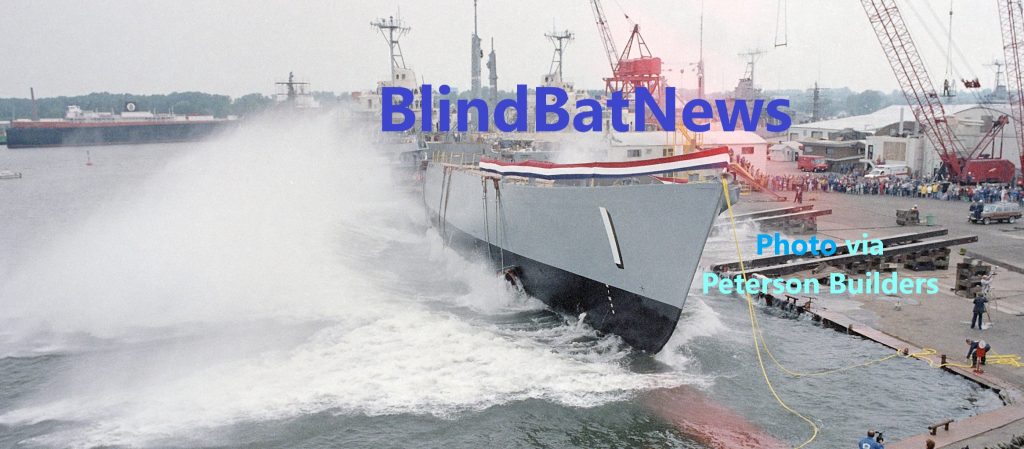 FIBERGLASS & WOOD, USS AVENGER (MCM-1), KEEL LAYING TO COMMISSIONING.
FIBERGLASS & WOOD, USS AVENGER (MCM-1), KEEL LAYING TO COMMISSIONING.

MOSKVA CLASS SUBMARINE HUNTERS, STOP CALLING THEM AIRCRAFT CARRIERS!
March 2020:  SOMETHING RISES THROUGH THE SEADRAGON’S ICE, USS TOLEDO!
SOMETHING RISES THROUGH THE SEADRAGON’S ICE, USS TOLEDO!













